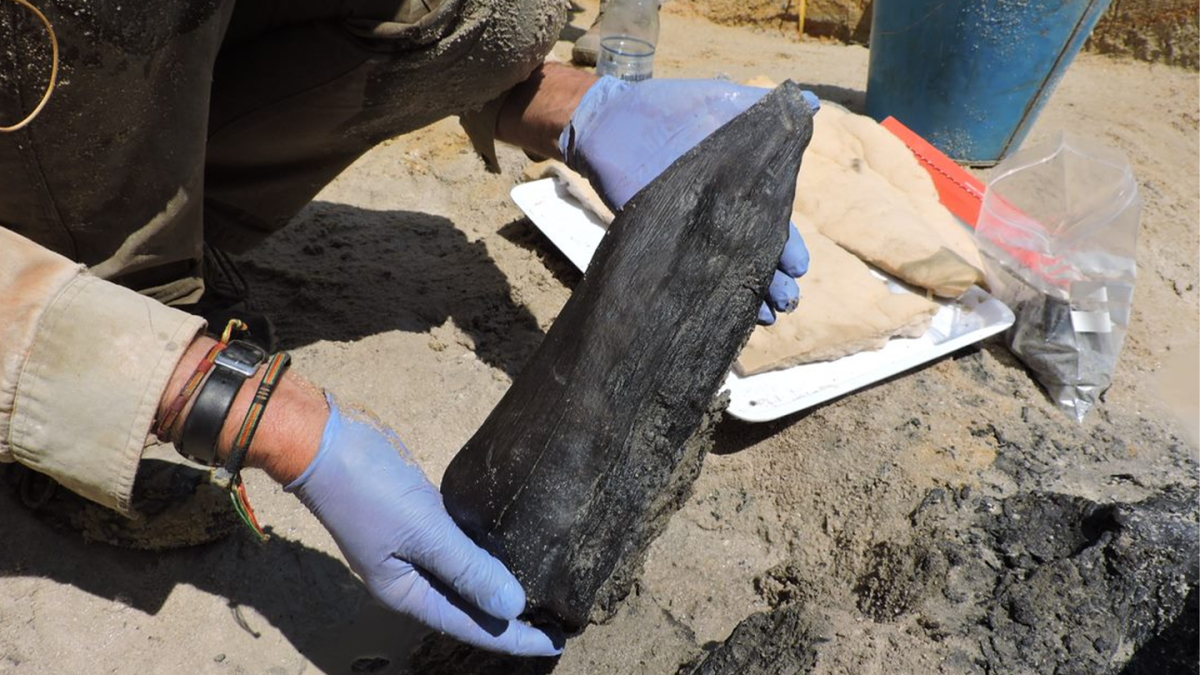A groundbreaking discovery in Zambia has rewritten the history books when it comes to early human construction techniques. A recent paper published in the journal Nature details the unearthing of an ancient wooden structure at Kalambo Falls, dating back a staggering 476,000 years. This find pushes back the known timeline of deliberate wood use in construction by hundreds of thousands of years.
The well-preserved structure, located near the Zambia-Tanzania border, predates the emergence of Homo sapiens by an estimated 120,000 years. Experts believe it may have served as a platform, walkway, or raised dwelling, offering early hominins a strategic advantage by keeping them above the surrounding water. Analysis of the wood reveals cut marks, indicating the use of stone tools to join two large logs together.
This discovery at Kalambo Falls, the second-highest uninterrupted waterfall in Africa, holds immense significance. Archaeologists previously unearthed wooden tools at the site, including a wedge and a digging stick. However, the newly discovered structure represents the earliest evidence of deliberate manipulation of wood for construction purposes.
“The find is the earliest known evidence of humans deliberately shaping two logs to fit together,” explains the paper’s lead author, Dr. Larry Barham, an archaeologist at the University of Liverpool. He theorizes that these logs might have formed the foundation for a raised platform, walkway, or even dwellings suitable for the floodplain environment.
Previously, the earliest example of a modified wooden object came from South Africa and was dated to the Middle Stone Age, a mere 9,000 years old. The Kalambo Falls structure dwarfs that in age, highlighting the ingenuity and advanced capabilities of our early ancestors far earlier than previously believed.

The use of wood by early humans was previously documented, but primarily for basic tasks like fire-starting or hunting. The sophistication of the Kalambo Falls structure suggests a more complex understanding of tool use and construction techniques.
The exceptional preservation of this ancient find can be attributed to the unique environmental conditions at Kalambo Falls. The high water level likely played a crucial role in protecting the wood from decay, allowing it to survive for nearly half a million years. Researchers employed a novel technique called luminescence dating to pinpoint the age of the structure by measuring the last instance of sunlight exposure on the minerals present.
This discovery also challenges traditional notions of Stone Age human behavior. The abundant water source and surrounding forest at Kalambo Falls suggest a more settled lifestyle than the nomadic stereotype often associated with this period. “Early humans were actively modifying their environment to improve their lives,” remarks Dr. Barham. “Even simple acts like building a platform by the river demonstrate a level of resourcefulness and planning that aligns them closer to us than we previously imagined.”
This research forms part of the ongoing Deep Roots of Humanity project, an international collaboration dedicated to exploring the evolution of human technology during the Stone Age. The unearthing of the Kalambo Falls structure serves as a powerful testament to the ingenuity and adaptability of our early ancestors, forever altering our understanding of their technological capabilities and way of life.
